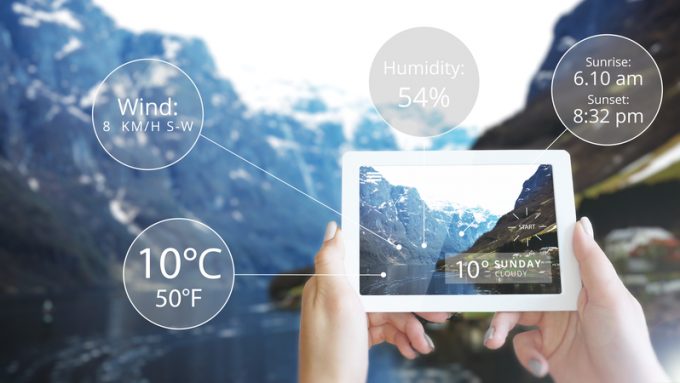South Africa's Merchant Shipping Bill a threat to supply chains, claim
South Africa’s proposed Merchant Shipping Bill poses a serious threat to the country’s ocean freight ...

Internet of Things (IoT) technology is beckoning the perishables market, promising reduced wastage through better monitoring of cargo in transit.
However, the cost of the technology remains a serious obstacle to its adoption.
Improvements in technology have heightened interest among shippers, consignees and forwarders in the perishables ...

Comment on this article
sol
March 08, 2019 at 4:18 pmActually, there are devices with batteries that operate at -90c for just these applications.
http://www.tadiranbat.com
charles sternau
March 08, 2019 at 5:02 pmWhere is the Cool Star designed?